UNIQUE – a resilience KINTSUGI SERIES


UNIQUE – a resilience KINTSUGI SERIES
Healing art illustrations
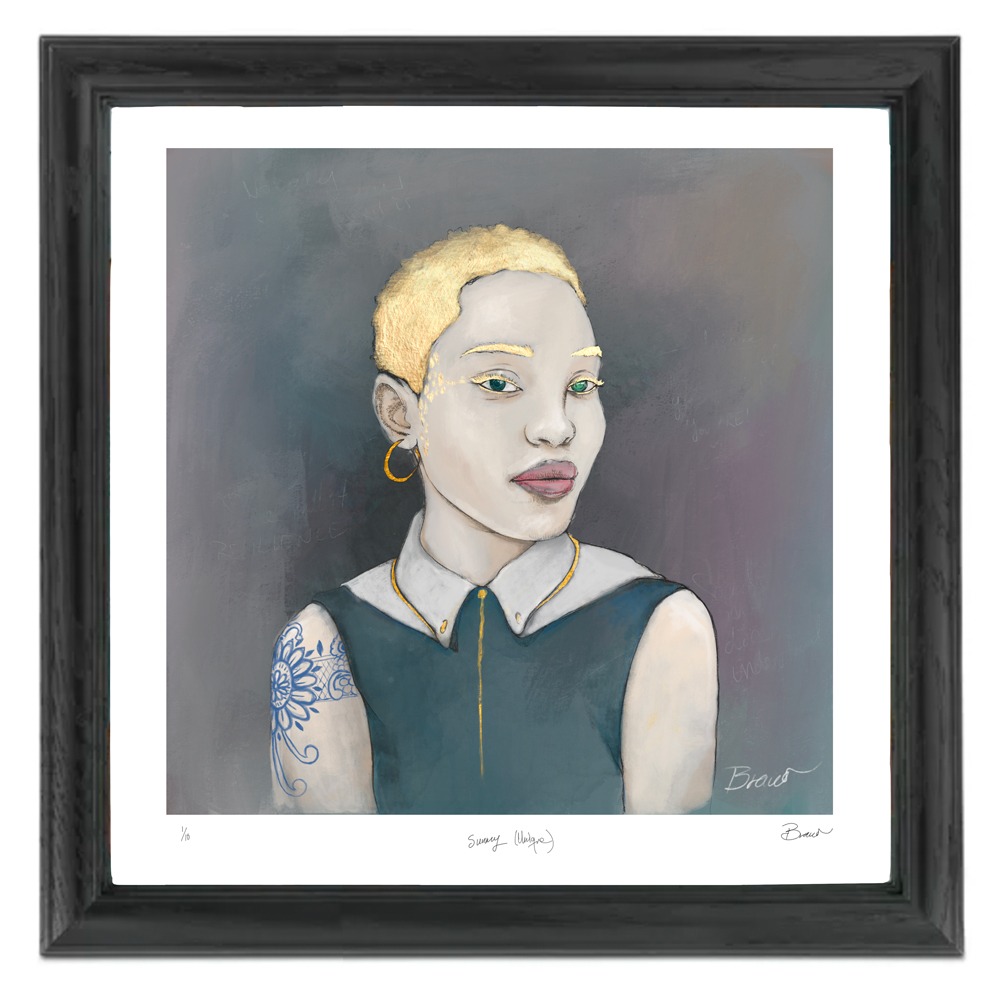
Sunny – Albinism
Hand-embellished print on moab entrada rag 300gr
13 inch x 13 inch 2023 (17×17 inch framed)
Signed and numbered
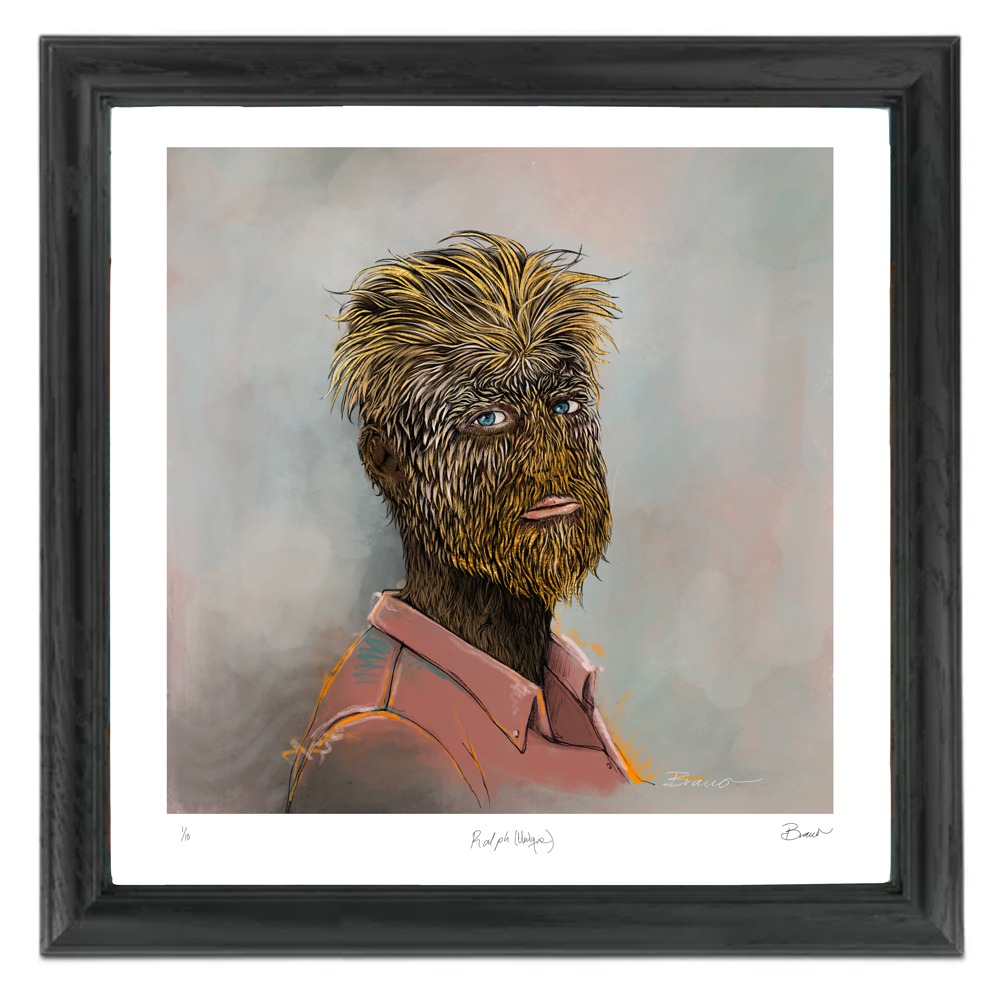
Ralph – Hypertrichosis
Hand-embellished print on moab entrada rag 300gr
13 inch x 13 inch 2023 (17×17 inch framed)
Signed and number
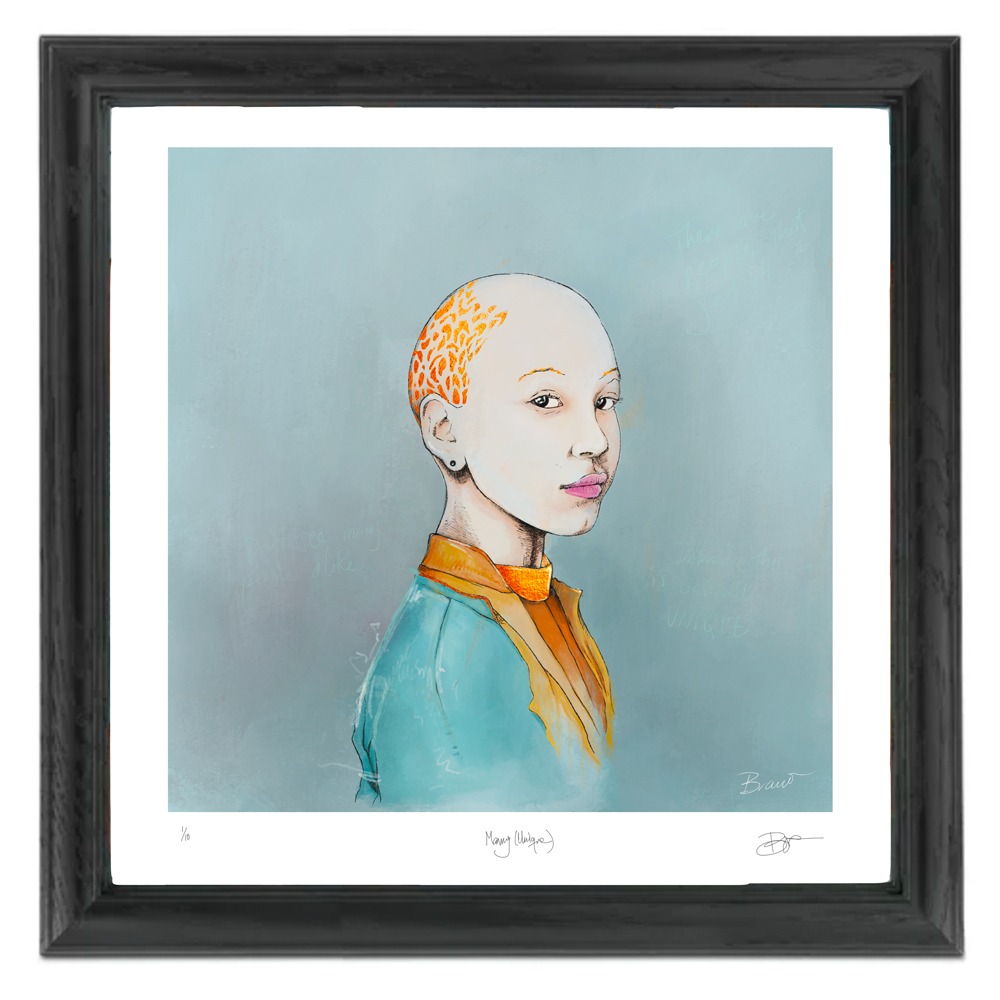
Marry – Alopecia
Hand-embellished print on moab entrada rag 300gr
13 inch x 13 inch 2023 (17×17 inch framed)
Signed and numbered
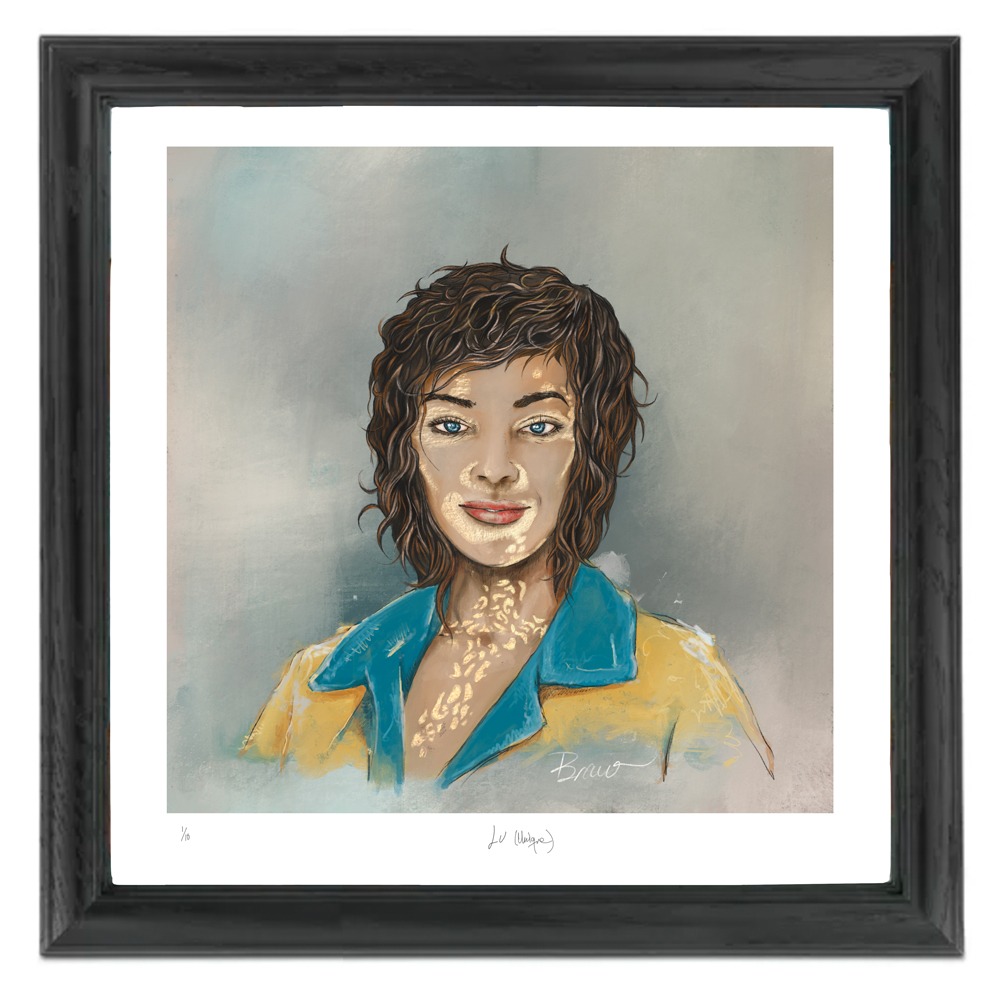
Lu – Vitiligo
Hand-embellished print on moab entrada rag 300gr
13 inch x 13 inch 2023 (17×17 inch framed)
Signed and number
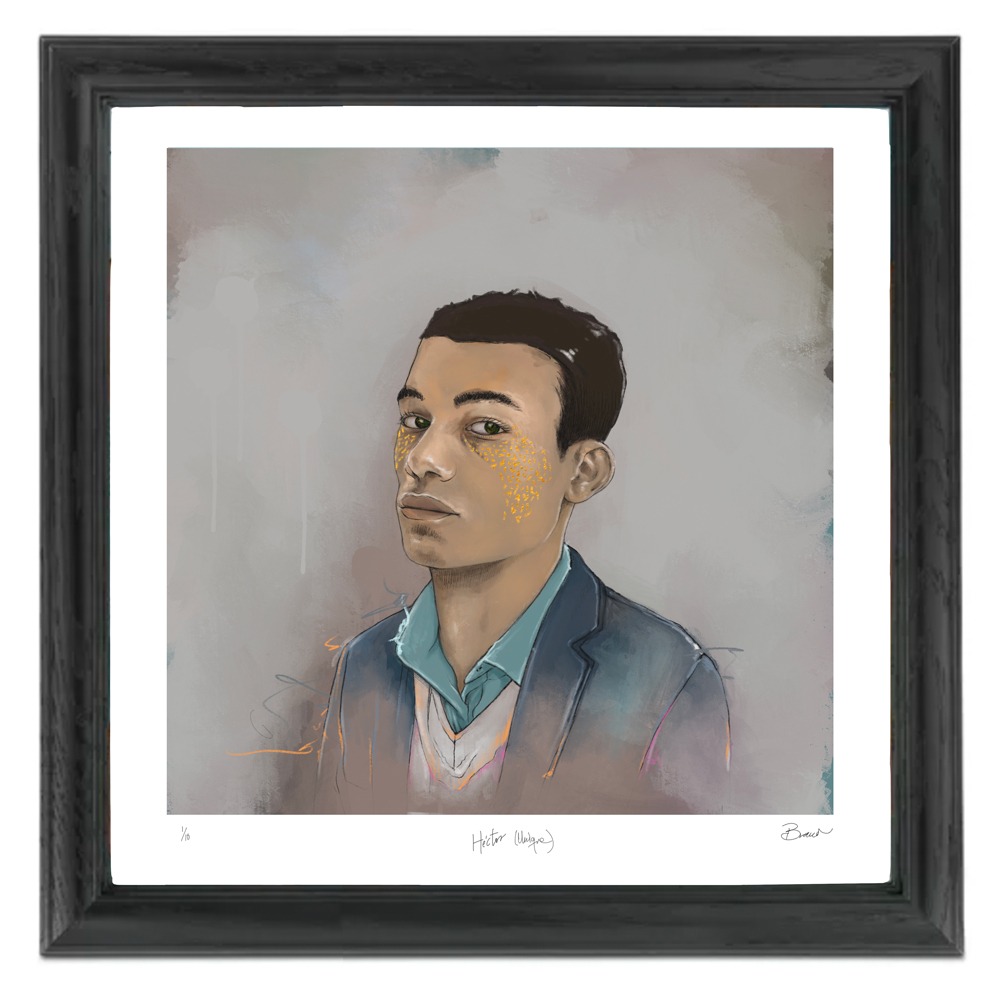
Hector – Melasma
Hand-embellished print on moab entrada rag 300gr
13 inch x 13 inch 2023 (17×17 inch framed)
Signed and numbered
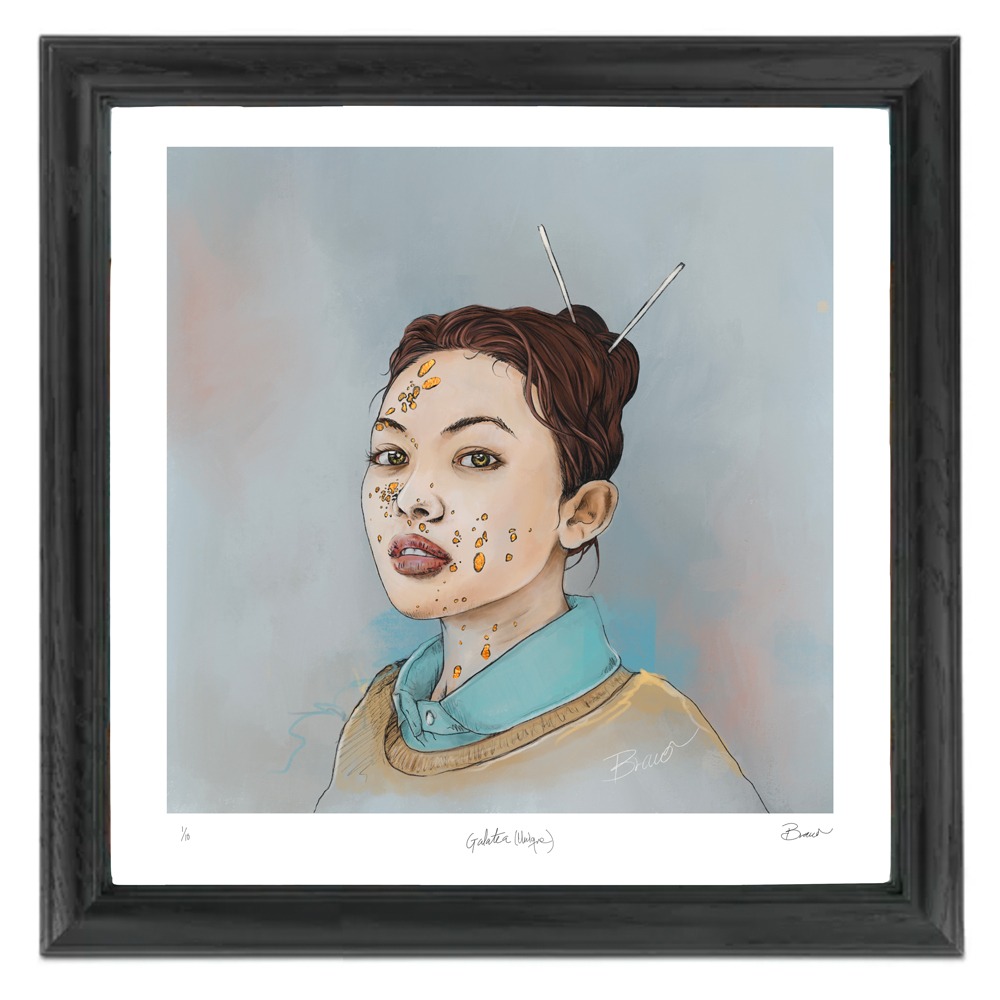
Galathea – Moles
Hand-embellished print on moab entrada rag 300gr
13 inch x 13 inch 2023 (17×17 inch framed)
Signed and number
2023
healing art illustrations
Medium: Digital illustration on canvas hand-embellished prints
The “Unique” series delves into the narratives of individuals grappling with socially challenging skin conditions, each imbued with its own intricacies. Through this artistic exploration, the intention is to illustrate how resilience, akin to the Japanese philosophy of Kintsugi, serves as a transformative force. These individuals embark on a journey of healing, acceptance, and self-discovery, emerging as more vibrant and empowered beings after undergoing both physical and spiritual metamorphoses to embrace their conditions.
Through six digitally developed illustrations, I propose a new vision that examines healing and acceptance as fundamental pillars of existence for those living with these skin conditions, making them “unique” human beings. I draw upon the Japanese concept of Kintsugi and aim to convey it through my artistic style. In doing so, I strive to establish a symbolic dialogue with the idea of ”the gold that mends the wounds,” celebrating everything that endures despite its fractures and falls, rising again, repaired and ready to give once more.
Understanding the image as a tool for healing, the “Unique” series offers the possibility of embracing oneself to heal. It highlights the unique characteristics of each being, emphasizing our differences—what makes us unique—and draws the attention of the society around us. From the philosophy of Kintsugi, we celebrate the marks left by illness or accident, the traces left on the skin by various experiences, including those that have “broken” us, fragmenting part of who we are and our history. With the “Unique” series, I also collect my fragments, and my parts, and reassemble them, filling each fissure with gold in a profound and alchemical personal reinvention.
In this process, each human being delves into the causes of their illnesses or conditions, asking, “Why does this happen to me?” After finding an answer, they may be able to address it. It is possible to “repair” oneself, as in Kintsugi. By repairing myself, my timeline, my heritage, my genealogy, I also repair the perception society may have of me, and more importantly, I repair the conception I have of myself.
With the series “Unique,” I seek to provoke reflection on the processes of healing and self-acceptance in a society immersed in false appearances and the overvaluation of beauty standards. By addressing diseases considered incurable or irreversible, I recognize the coping mechanisms people develop in response to their particular conditions. Perhaps the only thing that can truly “heal” in these contexts is personal acceptance and the intention to repair oneself with the value of one’s own “gold.”
The image becomes skin—the largest organ of the body—seeking to protect us from the outside world. That same skin identifies us as human, beyond our differences in pigmentation, culture, origin, or gender. The skin also reconnects us to our animal nature and helps us recognize the differences we have with others. Each being is unique, and so too are the genetics and experiences that have shaped our personal history.
Here, we are addressing conditions such as albinism, vitiligo, moles, birthmarks, alopecia, among others. We also consider people who have been victims of accidents or attacks that have significantly affected their skin.
—
The “Unique” series was exhibited as a finalist in the open call “Bridging Divides” exhibition, hosted by the See Me gallery at Blank Space in New York City. This opportunity highlighted the series’ powerful message of resilience, healing, and self-acceptance, bridging cultural and societal divides while celebrating individuality and diversity. The conceptual depth and artistic execution of “Unique” resonated strongly with an international audience, emphasizing its universal themes.